Kenya, a country known for its agriculture-based economy, has long relied on traditional farming methods, including manual ploughing using oxen or human labor. However, a new innovation has been gaining popularity in recent years – the hand ploughing machine. This article explores the benefits, challenges, and potential impact of this technology on Kenya’s agricultural landscape. 1. Improved Efficiency and Time Management: One of the primary advantages of hand ploughing machines is their ability to significantly enhance farming efficiency. With traditional methods, it could take days or even weeks for farmers to plough large fields manually. However, with a hand ploughing machine, the same task can be completed in a fraction of the time, increasing productivity and enabling farmers to cultivate larger areas of land.
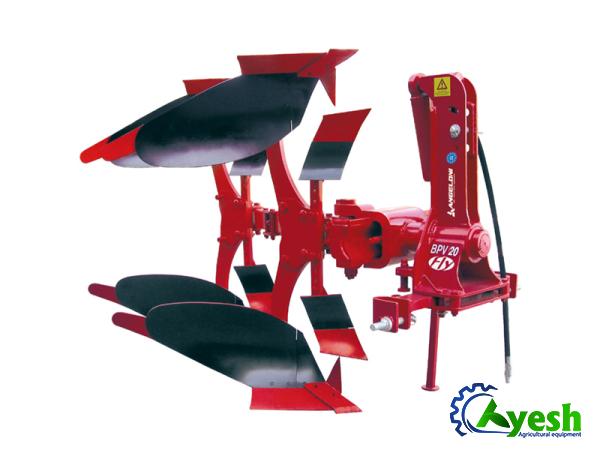
.
 2. Cost Savings: By replacing traditional ploughing methods, hand ploughing machines can result in substantial cost savings for Kenyan farmers. Oxen and their handlers used for ploughing require ongoing maintenance, feeding, and care, which can be expensive. Additionally, manual labor can be time-consuming and labor-intensive, often requiring additional laborers. With the introduction of hand ploughing machines, farmers can save on these costs, making agriculture more economically viable and sustainable. 3. Adaptability and Versatility: Hand ploughing machines boast a range of features that make them adaptable to various soil types and terrains. They are designed to work efficiently in both wet and dry fields, allowing farmers to plough throughout the year. This adaptability is crucial in Kenya’s diverse agricultural landscape, where different regions experience varying climates and growing seasons.
2. Cost Savings: By replacing traditional ploughing methods, hand ploughing machines can result in substantial cost savings for Kenyan farmers. Oxen and their handlers used for ploughing require ongoing maintenance, feeding, and care, which can be expensive. Additionally, manual labor can be time-consuming and labor-intensive, often requiring additional laborers. With the introduction of hand ploughing machines, farmers can save on these costs, making agriculture more economically viable and sustainable. 3. Adaptability and Versatility: Hand ploughing machines boast a range of features that make them adaptable to various soil types and terrains. They are designed to work efficiently in both wet and dry fields, allowing farmers to plough throughout the year. This adaptability is crucial in Kenya’s diverse agricultural landscape, where different regions experience varying climates and growing seasons.
..
 4. Ease of Use: Hand ploughing machines are user-friendly and require minimal training, making them accessible to a wide range of farmers, including women and youth. Their lightweight design enables farmers to operate them without excessive physical exertion, reducing the risk of strain or injury. As a result, more individuals can engage in agricultural activities, fostering inclusivity and supporting rural development. 5. Environmental Benefits: Traditional ploughing using oxen can lead to soil degradation due to excessive tilling, exposing the soil to erosion and nutrient loss. Hand ploughing machines minimize these environmental impacts by employing more precise and controlled methods. The machines are designed to penetrate the soil to the required depth, reducing soil disturbance and preserving its fertility. Furthermore, the reduced dependence on oxen reduces methane emissions, contributing to Kenya’s efforts in combating climate change.
4. Ease of Use: Hand ploughing machines are user-friendly and require minimal training, making them accessible to a wide range of farmers, including women and youth. Their lightweight design enables farmers to operate them without excessive physical exertion, reducing the risk of strain or injury. As a result, more individuals can engage in agricultural activities, fostering inclusivity and supporting rural development. 5. Environmental Benefits: Traditional ploughing using oxen can lead to soil degradation due to excessive tilling, exposing the soil to erosion and nutrient loss. Hand ploughing machines minimize these environmental impacts by employing more precise and controlled methods. The machines are designed to penetrate the soil to the required depth, reducing soil disturbance and preserving its fertility. Furthermore, the reduced dependence on oxen reduces methane emissions, contributing to Kenya’s efforts in combating climate change.
…
 Challenges and Recommendations: Despite the advantages of hand ploughing machines, their adoption in Kenya faces some challenges. Limited access to finance and technology, along with a lack of awareness and training, are some of the major barriers. To overcome these obstacles, initiatives from the government, NGOs, and the private sector should focus on providing financial support, promoting technology transfer, and offering training programs to create awareness and build capacity among farmers. Conclusion: The introduction of hand ploughing machines in Kenya represents a significant step towards modernizing the country’s agriculture industry. The innovation holds the potential to increase productivity, reduce costs, and promote sustainable farming practices. By addressing the challenges associated with its adoption, Kenya can unlock the benefits of this technology, improving the livelihoods of farmers and contributing to the country’s economic growth.
Challenges and Recommendations: Despite the advantages of hand ploughing machines, their adoption in Kenya faces some challenges. Limited access to finance and technology, along with a lack of awareness and training, are some of the major barriers. To overcome these obstacles, initiatives from the government, NGOs, and the private sector should focus on providing financial support, promoting technology transfer, and offering training programs to create awareness and build capacity among farmers. Conclusion: The introduction of hand ploughing machines in Kenya represents a significant step towards modernizing the country’s agriculture industry. The innovation holds the potential to increase productivity, reduce costs, and promote sustainable farming practices. By addressing the challenges associated with its adoption, Kenya can unlock the benefits of this technology, improving the livelihoods of farmers and contributing to the country’s economic growth.
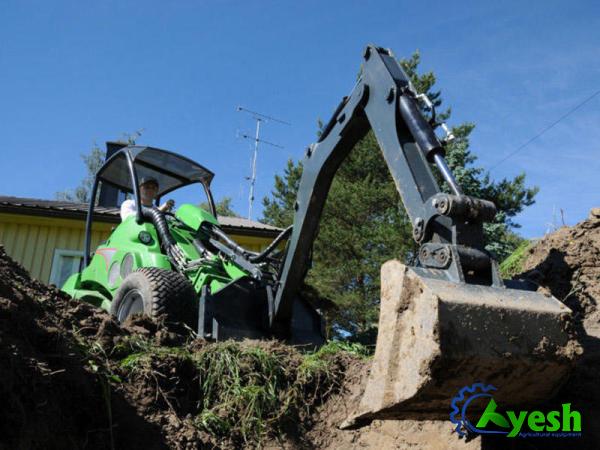

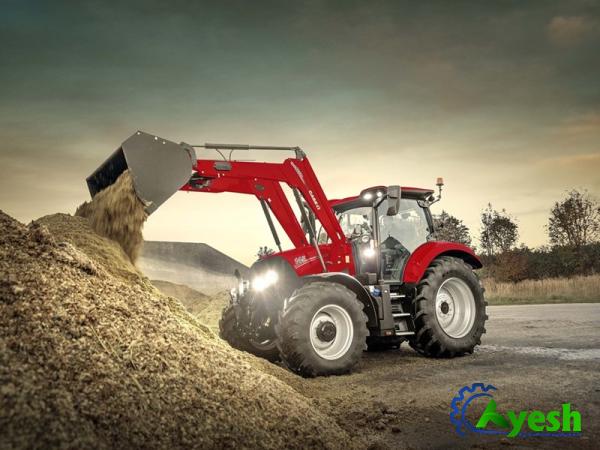

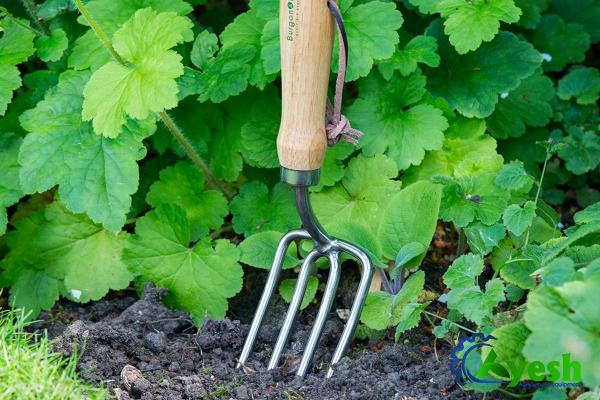

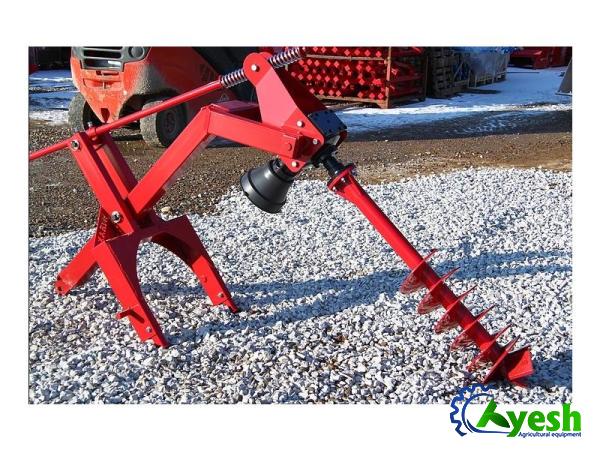



Your comment submitted.